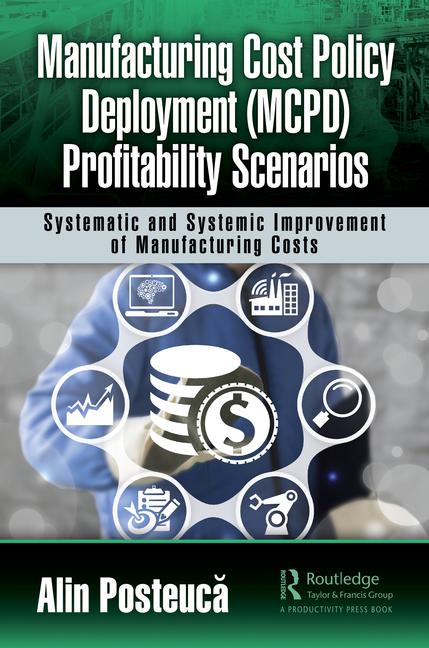Manufacturing Insights: Power Grab on Hold

Cap and trade is the centerpiece of a House bill, the American Clean Energy and Security Act of 2009, and its Senate counterpart, the Clean Energy Jobs and American Security Act. The bills are better-known, respectively, as Waxman-Markey after principle sponsors Reps. Henry Waxman, D-CA, and Edward Markey, D-MA, and Kerry-Boxer after principle sponsors Sens. John Kerry, D-MA, and Barbara Boxer, D-CA.
The objective of this legislation is to reduce global warming by cutting greenhouse gas emissions and capping the amount of carbon emitted by U.S. industry. The Waxman-Markey bill has passed in the House. At press time, two Senate committees had begun hearings on the Kerry-Boxer bill after chairperson Boxer rammed it through the Environment and Public Works Committee.
Even though the administration and environmentalists would have you believe that cap and trade, and global warming, are one-and-the-same, they are distinctly separate issues. Whether global warming is real-and if it is, whether human activity is responsible-are two questions that remain unanswered. But even if one accepts that global warming is real and that human activity is responsible, one must face the reality that Western societies, as well as Brazil, India and China, would never sacrifice economic growth for the uncertain benefits of fighting climate change.
Proponents claim this legislation will create new industries, millions of new jobs, and significant new investments in the research and development of sources of renewable energy. However, the only way to create real value and real economic growth is to grow it, mine it or make it. The inevitable effect of this legislation can only be energy rationing accompanied by increasing cost and limited availability, which will deprive agriculture, mining and manufacturing of operating and growth capital.
Rather than create new jobs, cap and trade would reduce jobs, according to Margo Thorning, Ph.D., senior vice president and chief economist at the American Council for Capital Formation. Testifying before the Senate Finance Committee, Thorning said an analysis of Waxman-Markey using the Energy Department’s own National Energy Modeling System showed that “the bill would reduce total U.S. employment (net of new jobs created in green industries) by 80,000 jobs in the high-cost case in 2020, and between 1,790,000 to 2,440,000 jobs in 2030.” Manufacturing will be hard-hit, she added, absorbing 59 percent to 66 percent of the job losses from 2012 to 2030.
Interestingly, Sen. Kirsten Gillabrand, D-NY, may have inadvertently revealed what cap and trade is really about in “Cap and Trade Could be a Boon to New York,” which was published recently in The Wall Street Journal. Gillabrand says New York is uniquely positioned to benefit from a global market in carbon emissions, which could become the world’s largest commodities market. “With thousands of firms and energy producers buying and selling permits to emit carbon, transaction fees for exchanges and clearing alone could top nearly half a billion dollars,” she says.
The fundamental problem with cap and trade is that it is diametrically opposed to free markets and free people. Bureaucrats will be making decisions not in the best interests of free people, but in the best interests of government. It is nothing but a government grab for power and control at the expense of taxpayers and all those who create real value in America. It deserves to be “on hold” permanently.
Looking for a reprint of this article?
From high-res PDFs to custom plaques, order your copy today!





